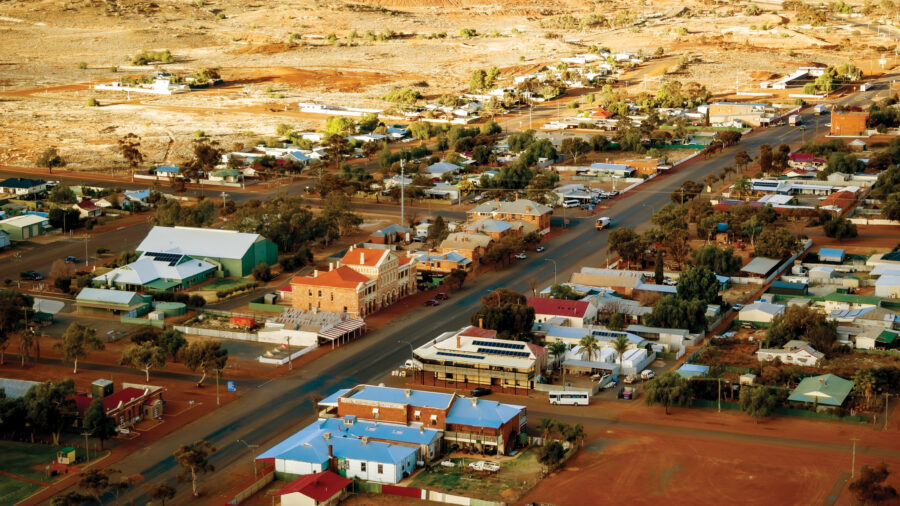In the footsteps of Genghis Khan

The sweeping openness of the Mongolian steppe that had inspired me in the light of day now taunted me with emptiness. At 2 a.m., just five days into my 10,000 km horseback journey from Mongolia to Hungary, my horses had been stolen.
It was June 2004, and this would not be the last time I found myself exposed and frightened on the open steppe. Over the next three years I would experience searing deserts, glaciated mountains, wolves, and a tangled web of impossible bureaucracy in conditions ranging from -40C to +50C.
Challenges on the Ghengis Khan trail
Yet, its challenges such as this that drew me into an understanding of the land and its people and that was precisely what led me to Mongolia in the first place. I wanted to understand what life was like for steppe nomads – their history, culture, traditions, and their relationship with the environment.
Aged 20 I rode from Siberia through Mongolia by bicycle. Ever since it fascinated me that stretching from Mongolia to Hungary there is a connection between cultures largely based on a common history of nomadism on the Eurasian steppe.
In an age of technology dominated by a sedentary way of life, it’s hard to imagine the influence that Central Asian nomads have had on the wider world. After all, it was the Mongol successors of Genghis Khan who once ruled the largest empire in history.
What better way to come to grips with the heritage of the steppe nomad than to move by horse in search of pasture, spending long days in the saddle, ever intoxicated by kumis (fermented mare’s milk) and the beckoning horizon?
My lack of experience (I didn’t know how to ride a horse for starters) was overcome by inspiration and advice from other equestrian explorers who believed that my journey would be very difficult but historic. I decided to begin near the site of the former capital of the Mongolian Empire – Kharkhorin – and planned to travel to the Danube River in Hungary; the western extent of the Mongol empire and the Eurasian steppe.
Mongolia to Hungary: A rite of passage
Before I set off, I never imagined the true extent of the journey ahead of me. I planned it to take eighteen months, but by the time I reached Hungary, I had been in the saddle for three and a half years. When I arrived on the Danube I had been through a personal rite of passage that had changed my life. I had begun in Mongolia measuring the journey in kilometres and time, and finished aware that the true richness of my experience lay in the hundreds of friends I had made.
I prepared for the journey in a world where time is money but came to understand that on the steppe time is measured by the seasons. Although I couldn’t ride a horse before I began, my animals had become my family by the time I reached the Danube, and I could no longer imagine life without them.
When it seemed I was on the home straight in the Ukraine, I received news that my father had been killed in a car accident. To cope with this loss I had to draw on all I had learnt from the nomads about the transience of life; I came appreciate the Kazakh saying: Mountains never meet, but people do.
Returning to Ukraine and leaving my two younger brothers and sister behind to continue the journey was the hardest decision of all. To go on without Dad, I felt more alone than I ever had. Yet, I knew that he would have wanted me to continue, and I felt like the horses and dog I had left behind had become my whole life.
When I arrived on the Danube for the end of my journey I realised that having taken a risk, the odds had somehow fallen in my favour.
It was as if the Danube was staring back at me and saying, “Well Tim, I’ve always been here! You could have flown from Mongolia in six hours, driven a car in a couple of months . . . you probably could have walked faster.” But I understood that had I not stepped into the saddle and been through this life transforming struggle, then the destination would have meant so little.
© Australian Geographic, unless otherwise indicated. This material may be used, reproduced, published and adapted free of charge for non-commercial educational purposes.
RELATED STORIES




